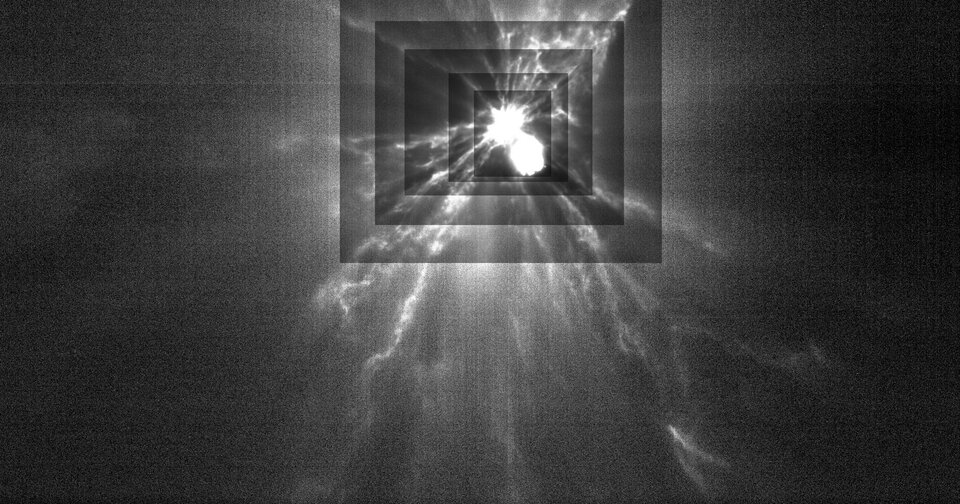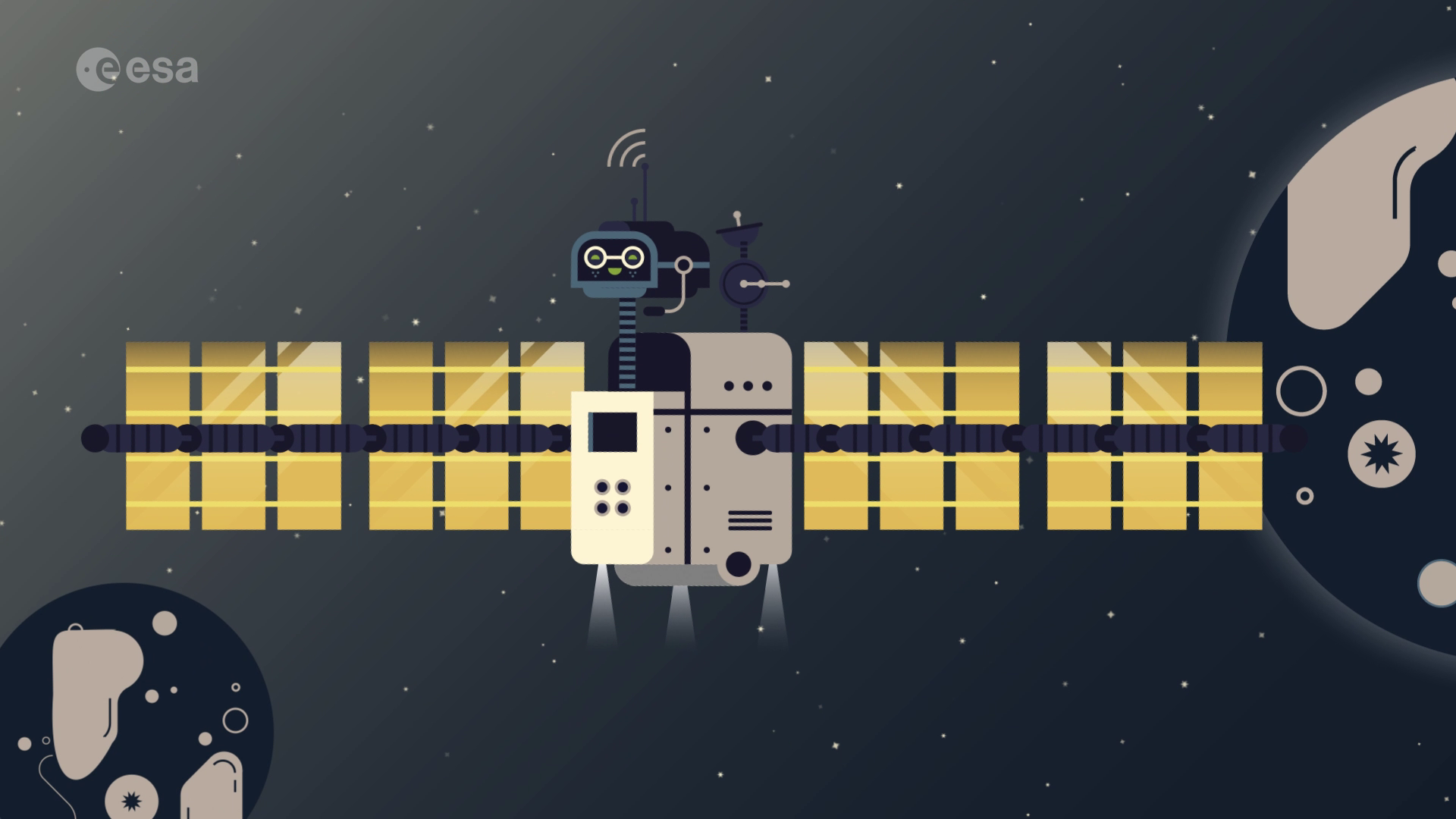NASA selects US scientists to join ESA’s Hera mission
The science team behind ESA’s Hera asteroid mission is getting bigger. NASA has selected 12 participating scientists to join Europe’s first planetary defence mission, scheduled to launch this October.

The goal of NASA’s Hera Participating Scientist Program is to support scientists at US institutions to participate in the Hera mission and address outstanding questions in planetary defence and near-Earth asteroid science. The participating scientist will become Hera science team members during their five-year tenure with the mission.
Michael Kueppers, project scientist for ESA’s Hera mission, comments: “I’d like to welcome them aboard! Their selection is indicative of the close cooperation between ESA and NASA on planetary defence and the interest of NASA in ESA's Hera mission. We are looking forward to the contribution of the participating scientists to Hera. With their expertise they will be a valuable asset to the mission."

Hera will study the binary asteroid system Didymos, including its moonlet Dimorphos, which was impacted by NASA’s Double Asteroid Redirect Test, DART, spacecraft on 26 September 2022.
The two missions were initially conceived together, to collectively validate the kinetic impact method as a technology to deflect an asteroid on a collision course with Earth, if one is ever discovered, and to learn more about the near-Earth asteroids that are the source of this natural hazard.

Hera is scheduled to arrive at Didymos and Dimorphos at the end of 2026, where it will gather otherwise unobtainable data about the mass and makeup of both bodies, and assess the changes caused by the DART spacecraft’s kinetic impact.
The resulting findings should help turn DART’s grand-scale experiment into a well understood and potentially repeatable planetary defence technique.
The newly selected participating scientists are:
• Bonnie Buratti – NASA’s Jet Propulsion Laboratory, Southern California
• Ingrid Daubar – Brown University, Providence, Rhode Island
• Carolyn Ernst – Johns Hopkins Applied Physics Laboratory
• Dawn Graninger – Johns Hopkins University Applied Physics Laboratory
• Mark Haynes – NASA JPL
• Masatoshi Hirabayashi – Georgia Institute of Technology, Atlanta
• Tim Lister – Las Cumbres Observatory, Goleta, California
• Ryan Park – NASA JPL
• Andrew Rivkin – Johns Hopkins Applied Physics Laboratory
• Daniel Scheeres – University of Colorado, Boulder
• Timothy Titus – U.S. Geological Survey, Flagstaff, Arizona
• Yun Zhang – University of Michigan, Ann Arbor

International participation in DART and Hera, including the Hera Participating Scientist Program, has been abled by an ongoing worldwide collaboration in the planetary defence research community known as the Asteroid Impact and Deflection Assessment.
DART was the first planetary defence test mission from NASA’s Planetary Defense Coordination Office, which oversees ongoing NASA efforts in planetary defence. Hera is a mission of ESA’s Space Safety programme, overseen by the Agency’s Planetary Defence Office.


Access the video


